Co-authored with Max Blumberg
In recent years, as the global economy expanded, interest rates were low, and companies had a relatively easy time making money, the size and breadth of People Analytics (PA) groups seemed to be ever-increasing. As a result, even with the economic disruptions of the Covid-19 pandemic, jobs in PA were plentiful, and there appeared to be ample opportunities for PA to demonstrate value to the business. This was especially true when wrestling with hybrid work and taking the temperature of the workforce during global disruption and turmoil.
Yet now that the pandemic is receding and economic storm clouds are gathering, the stock market has sunk, interest rates are rising, and companies are looking to conserve spending wherever possible, is PA positioned to thrive in tough times? Or are PA groups everywhere about to find their necks on the chopping block, just like all the other functions that struggle to prove they provide core economic value when budgets and headcount are being slashed?
The early signs from the tech industry are not promising: where companies have cut back on budgets overall, PA groups have not been spared and, in some cases, have seen dramatic reductions in personnel. And now the banking and mortgage generation industries are starting their round of significant cutbacks, and the pain should continue to spread to other sectors of the economy.
How do we know that PA is providing value?
It may seem a bit harsh, but one way of challenging the value of what PA provides to the business is to ask, “If you stopped doing what you’re doing right now in PA, would any senior business leaders notice?”
Now, in all fairness, a lot of what PA does is “behind the scenes” work that often shows up as improving decision-making in ways that may not be immediately transparent to most senior business leaders. But that’s not our point. The actual litmus test is not whether PA gets credit for its contributions but whether what it produces makes a material difference in the decisions that drive the direction and profitability of the business and operating models. And on this point, much of the work within PA falls short of the mark.
The problem is that PA gets pulled in too often to address tactical issues that can improve operational efficiency, employee morale, etc., which usually needs a direct line of impact on the business and operating models.
For example, doing an organizational network analysis (ONA) can reveal some really cool and potentially insightful aspects of how the informal organization operates. But until and unless running an ONA produces actual improved decision-making for executing the strategy, ONA will remain an interesting exercise with no demonstrated value added for the business. (Note: we know of examples where ONA has produced significant insights, yet those examples are more the exception than the rule, which proves our point.)
Is it too late for the current business cycle?
We do not intend to be piling insult on top of injury by pointing out that the current and future cuts to PA groups might have been avoided had the work of PA been better oriented before the economic storm clouds started gathering. Rather than look backwards, we want PA professionals everywhere to be encouraged by the opportunities ahead. Once the current round of layoffs and cutbacks are done, however long that might take, it won’t be long before things turn and HR and the business focus again on investing and building the capability.
The challenge for PA is, what will you do at that point? Will you keep going with business as usual, which would not address the gap between common practice in PA and what the business needs for improved decision-making? Or will you pivot towards more systemic ways of assessing what the organization and operating model need to succeed, including strategic capabilities, aligned behaviors, integrated work that is aligned end-to-end with business processes, and so much more?
If you want to future-proof your work in PA, the time to start changing is today, not tomorrow, even while the cutbacks occur and your current job may be at risk. But, unfortunately, it is very tempting to focus on firefighting and giving the business what they say they need, even if the requests are entirely tactical and not strategic.
However, for long-run success, you need to start building the muscle today to engage senior business leaders in constructive dialogue that lifts their focus from the tactical to the strategic. If nothing else, developing that muscle will help with future project scoping and job interviews and help ensure the expectations for your work in the future are aligned around truly strategic value-added PA.
The issues addressed here are further discussed in my December 13 webinar Leveraging Science and Data to Increase HR’s Impact and will be covered in depth in the upcoming virtual workshop People Analytics and Change Masterclass which starts January 31.
My book Strategic Analytics: Advancing Strategy Execution and Organizational Effectiveness provides a framework, case studies and examples of how to improve the practice of People Analytics.



